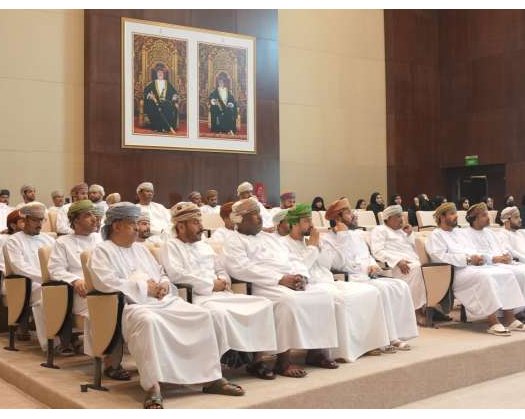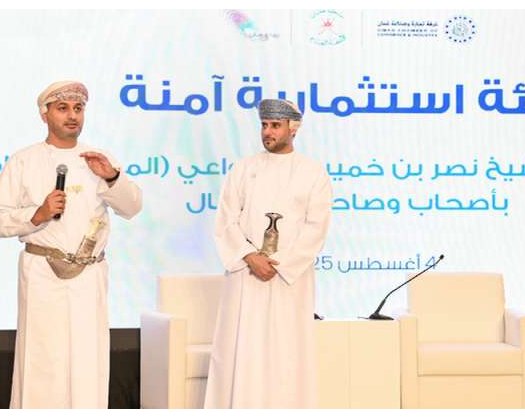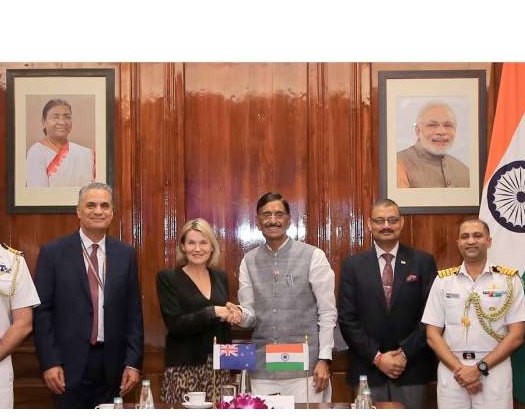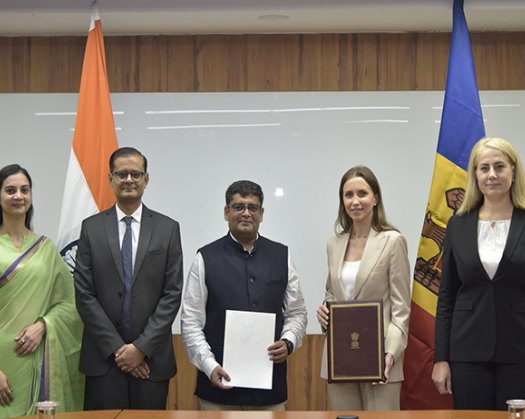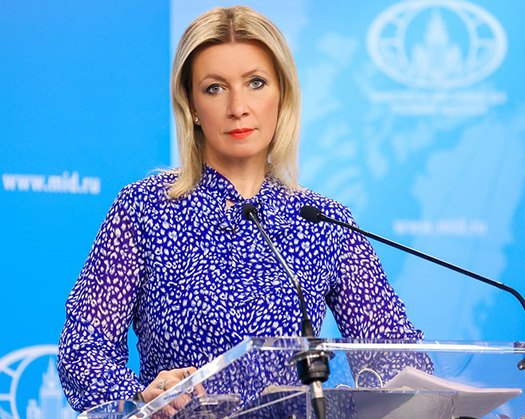New Delhi: S&P Global Ratings anticipates that the new rules on GoldBacked Loans would require lenders to modify their business models, with agile firms gaining a competitive advantage.
India's expanding goldbacked loan industry is set for substantial change with the adoption of new rules, which are expected to be fully implemented by April 1, 2026.
A major modification is the inclusion of interest payments until maturity in the calculation of Loan-to-Value (LTV) ratios, which might lower the initial loan amount provided to borrowers.
Additionally, credit assessments for consumption-focused loans exceeding USD 3,000, as well as all income-generating loans, will now include a cash flow analysis of borrowers, shifting away from the previous reliance on collateral appraisal.
The new regulations also seek to improve customer protection by harmonizing the regulatory framework and filling prudential and conduct gaps. This includes more specific rules for collateral handling and auction procedures, such as the requirement to return pledged collateral and auction profits to borrowers within seven working days.
Disbursements exceeding INR 20,000 (around USD 231) will now be made directly to borrowers' bank accounts. The RBI is also focusing on greater transparency in interest rate and fee disclosures, as well as investigating the outsourcing of critical financial services.
This change will particularly affect nonbank financial companies (NBFCs) with significant gold loan portfolios, such as Muthoot Finance Ltd. and Manappuram Finance Ltd. , since they will need to invest in establishing new risk management policies and training loan officers.
Despite these developments, operational agility and service excellence, including timely and seamless loan disbursement, will continue to be important differentiators for lenders. NBFCs' strong customer ties and investments in analytics are expected to aid in their competitiveness.
While these new models provide chances, they also pose hazards, notably increased sensitivity to sharp declines in gold prices if higher LTV standards are used for income-producing loans.
Gold prices have skyrocketed by almost 80% since late 2023, resulting in a substantial increase in collateral value and loan portfolios. The RBI's regulatory treatment of NBFC gold loans, which assigns a 100% risk weight, aids in mitigating price risk, but banks currently enjoy a 0% risk weight for these loans.




